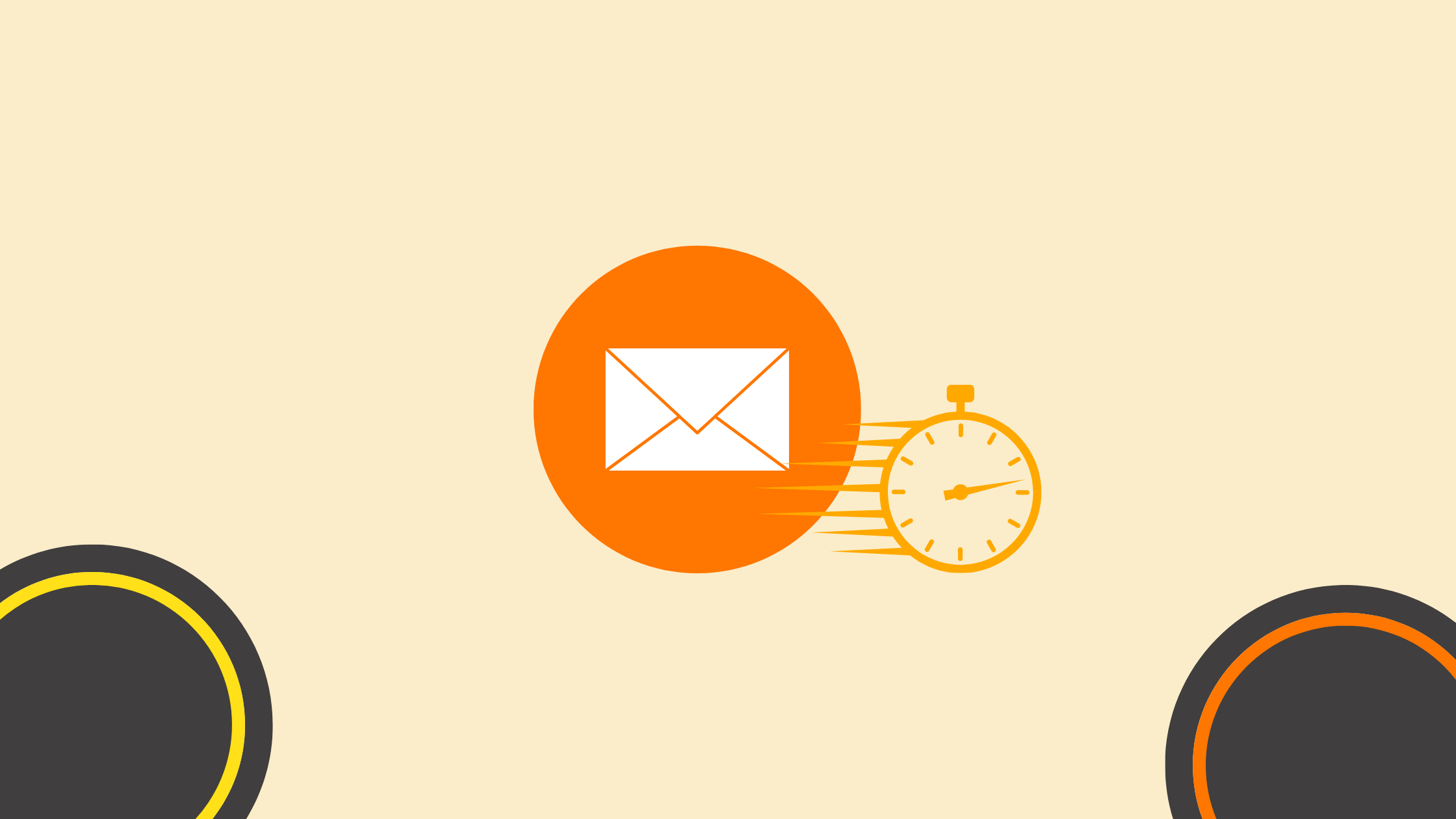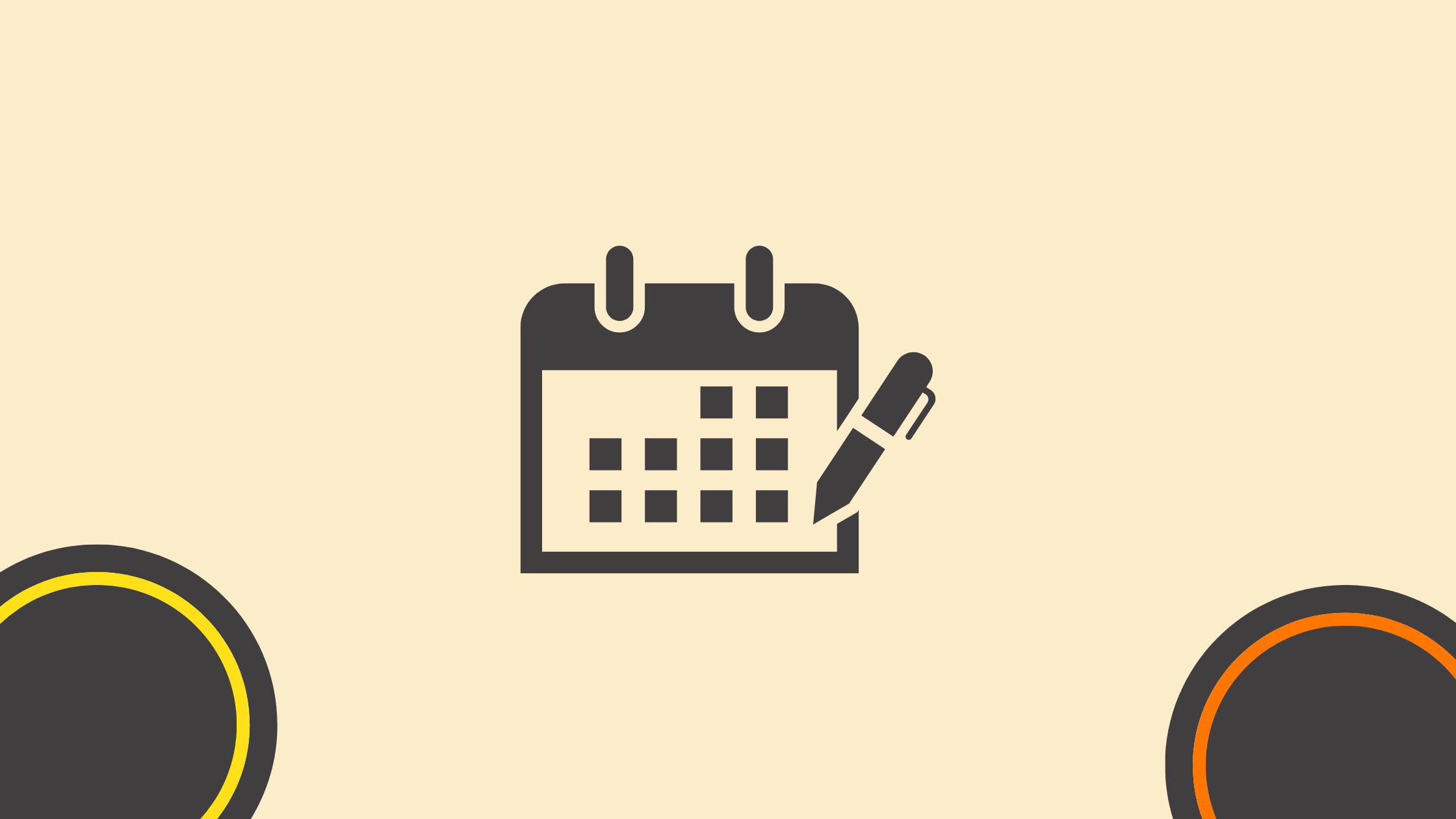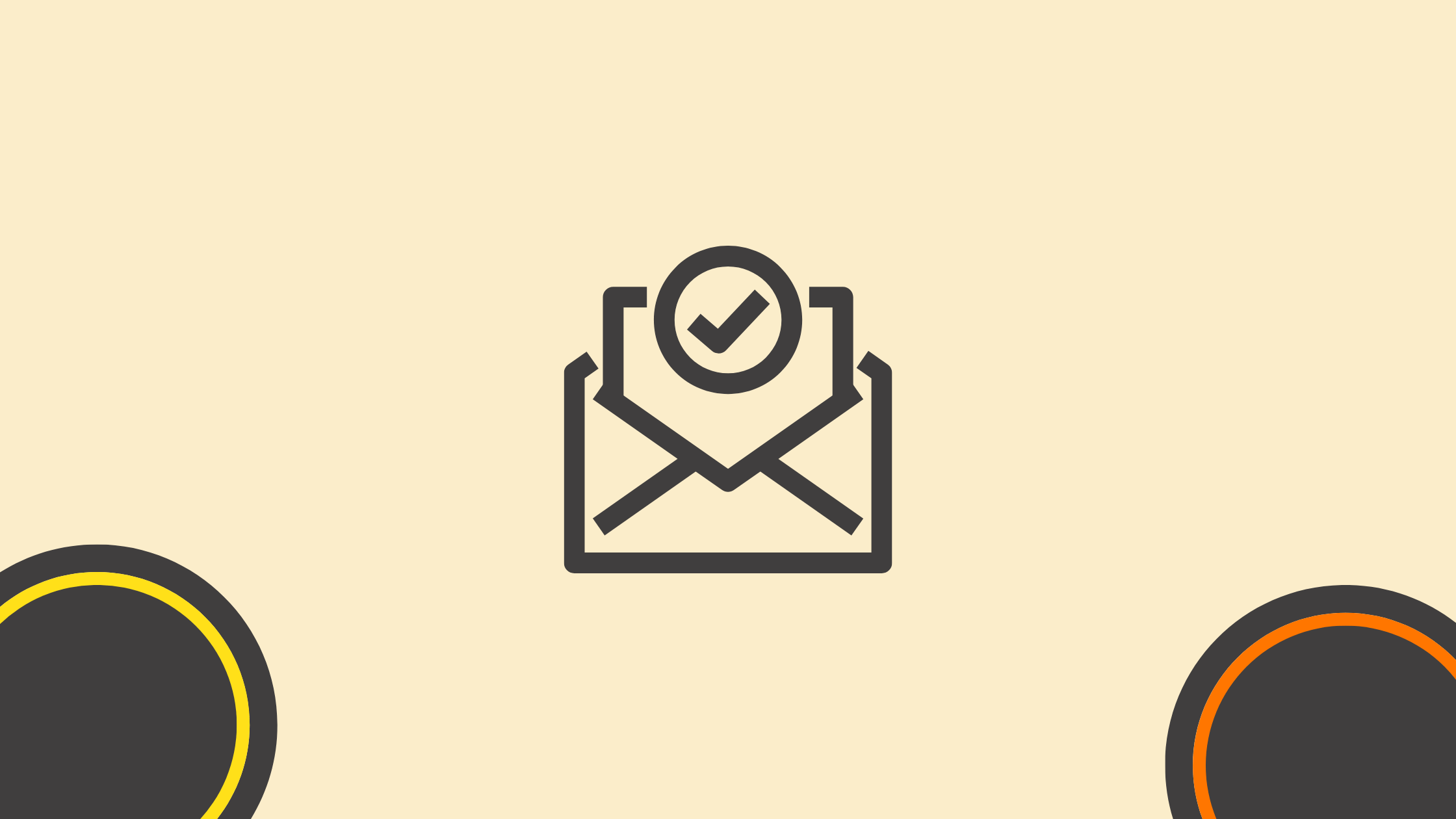Lead Generation & Appointment Setting In The Age Of In-Boxing: Email Strategies That Get Meetings
Every day, your ideal buyers sprint through a noisy digital world. Social feeds scroll by in a blur, ads pop up everywhere, and notifications never stop.
But there is still one place where people slow down just enough to pay attention: the inbox.
In the age of in-boxing, email is not just a “channel” for newsletters. It is one of the most powerful spaces to generate leads, start real conversations, and book sales appointments at scale. When your message is relevant, well-timed, and easy to act on, a simple email can move someone from stranger to scheduled meeting in a couple of clicks.
In this article, you will see how to use the inbox more intentionally for lead generation and appointment setting, how to build sequences that respect busy people, and how to combine data, tools, and AI to keep your pipeline full without burning out your team.
Chapters
- Lead Generation and Appointment Setting Then vs. Now
- Boost Lead Generation with Inbox-Worthy Messages
- Timing is Everything – When to Hit Send
- Tech Tools to Power Up Your Strategy
- Turn Inbox Attention Into Actual Appointments
- Inbox-Friendly Email Frameworks For Lead Gen & Appointments
- Measuring Inbox Performance From Open To Meeting
- Using AI And StoryLab.ai To Scale Inbox Outreach
- Key Takeaways
- FAQ
Lead Generation and Appointment Setting Then vs. Now

Gone are the days of cold calls and door-to-door pitches.
Nowadays, the best way to reach your audience (even though there are some naysayers out there) is through their inbox. You see, the inbox is prime real estate for marketers because it can boost lead generation, and setting an appointment is easier than ever.
Traditional methods, like dialing through phone books or casting wide nets with generic flyers, are time-consuming and generate low results. But that’s because back then, businesses didn’t have access to mountains of data to teach them about customers’ preferences and desires.
Nowadays, savvy businesses make personalization their friend. Due to highly accurate data and fast processing software tools, you can design highly segmented email campaigns that land not just in an inbox but at the top of it.
But to do so, you have to understand your audience’s digital footprints, such as their likes, dislikes, online hours, and more. When you know your audience’s habits, you can craft messages that feel less like cold sales pitches and more like warm introductions, leading to meaningful connections.
Boost Lead Generation with Inbox-Worthy Messages
A good lead generation campaign starts with messages that are irresistible to open.
Think of your email as the digital equivalent of a handshake – firm, friendly, and memorable. To spark that connection, opt for subject lines that are personal and evoke curiosity. Your messaging must be concise and create value.
Things like quick tips, industry insights, or exclusive offers can easily get people’s attention and will have them click for more. Data-driven content that resonates with your audience’s specific needs and interests is also a great way to boost lead generation.
Timing is Everything – When to Hit Send

Timing your outreach can be the difference between a message that’s eagerly opened and one that’s lost in the digital abyss.
Studies indicate that midweek emails, particularly those sent on Tuesdays and Thursdays, get the most attention. The moment of the day matters as well, so try to land your emails in your audience’s inboxes mid-morning or early afternoon. Pack your message as a pick-me-up during someone’s coffee break or post-lunch routine.
However, there’s no one-size-fits-all schedule. Different industries have their own rhythms. For instance, B2B communications often thrive within business hours, while B2C might find more engagement during evenings and weekends when personal inboxes are checked.
So, don’t blindly trust studies and expert opinions. Use the analytics data from your past campaigns to get your timing tactics just right. To identify the best timing for your audience, watch for patterns.
Things like certain messages being opened more during lunch hours or getting more clicks post-workday will tell you a lot more about your audience than any far-away expert can. While it’s a good idea to pay attention to studies and specialists, it’s your own insight that will help boost leads and get more people to make an appointment with your business.
Tech Tools to Power Up Your Strategy
In today’s day and age, if you don’t use the power of tech tools to run your business, what are you doing?
Setting aside the small guys that can help you design social media posts and organize your life, there are a few big tools you can’t just ignore.
For instance, AI and CRM systems are a dynamic duo that can take a business from zero to a hundred in no time. AI thrives on predictive analytics, suggesting the ‘who’ and ‘what’ for your outreach, while CRM tools keep your relationship history neatly organized, ensuring no detail is forgotten.
Automation is another tool that keeps your business thriving. From nurturing leads with scheduled follow-ups to sending thank-you notes post-purchase, automation ensures consistency without extra legwork from you.
Additionally, there are specialized tools that take care of time-consuming and often miscommunication-riddled systems. Let’s take the appointment system of a regular salon – nowadays, successful businesses are effectively managing appointments with salon scheduling software and have bid adieu to snaking queues for good.
These systems allow customers to book their spot with just one tap. Plus, the tools can remind customers of upcoming appointments and even nudge them to reschedule cancellations, maximizing time slots effectively.
However, keep in mind that tools can’t replace the human element. Your customers and leads crave human connection, especially when it’s with a brand they like. So, use the right tools to automate the routine tasks and let humans take over the creative tasks.

Turn Inbox Attention Into Actual Appointments
You are not sending emails for fun. You are sending them to get conversations.
Here is how to bridge the gap between opens and booked meetings.
1. Give each email one clear job
If the goal is to set an appointment, everything in the email should support that outcome:
- A subject line that hints at value, not “Quick call?”
- A short body that connects a concrete problem to a specific outcome
- One primary call to action: “Book a 15-minute call” or “See available times”
Too many CTAs (“read the blog, watch the video, and maybe book a demo”) dilute intent and lower reply rates.
2. Use short, focused sequences instead of one-off blasts
The inbox is crowded. Most prospects will not reply to the first touch, even if they are interested. Successful appointment setting tends to rely on multi-touch sequences, especially in B2B.
A simple 4–6 email sequence can look like this:
- Value first – Share a relevant insight, benchmark, or quick win. Soft CTA to see if a call is worth it.
- Case example – Short story of how you solved a similar problem. Clear CTA to book a call.
- Objection handling – Tackle a common concern around time, budget, or priority. CTA: “Worth a quick look?”
- Reminder / bump – Friendly nudge: “Should I close this out?”
- Last touch – Polite close: leave the door open and offer a resource instead of a call.
Each email adds context instead of repeating the same line louder.
3. Make booking the meeting friction-free
The more clicks it takes to book, the fewer meetings you get.
- Embed a calendar link (Calendly, HubSpot Meetings, etc.) with pre-defined slots.
- Offer two or three specific times in the copy for people who prefer a quick reply.
- Clarify the length and goal of the call (“15 minutes to see if this is relevant”).
Tiny tweaks in convenience can have a big impact on your appointment rate.
Inbox-Friendly Email Frameworks For Lead Gen & Appointments
To make this article more practical, here are a few simple frameworks you can adapt in StoryLab.ai and your email tool.
A. “Problem → Proof → Promise → Path” (cold or cool outreach)
- Problem – Name a specific issue your prospect likely faces.
- Proof – One line of social proof (metric, client type, or short example).
- Promise – What you can help them achieve.
- Path – The smallest next step: a short call, demo, or audit.
Example skeleton:
“Noticed many [role] teams in [industry] are struggling with [problem].
We recently helped [similar company] [result] in [timeframe].
If you are exploring ways to [promise], would a 15-minute call next week be a bad idea?
You can grab a time that suits you here: [link].”
Short, respectful, and focused on outcomes rather than a long company pitch.
B. “Insight → Question → Invite” (warm leads and subscribers)
Best for people already on your list, visiting your site, or engaging with content.
- Insight – Share a relevant stat, observation, or mini-lesson.
- Question – Ask if this matches their situation.
- Invite – Offer a quick chat or audit to go deeper.
This feels more like a conversation starter than a cold pitch, which is better suited for the inbox in 2025.
C. “Resource → Result → Request” (post-content or event follow-up)
- Resource – Reference the webinar, guide, or tool they engaged with.
- Result – Share what others achieved after applying it.
- Request – Ask if they would like help applying it in their context, with a link to book.
Use StoryLab.ai to generate variations of each framework for different segments, industries, and roles so your emails feel tailored, not templated.
Measuring Inbox Performance From Open To Meeting

The age of in-boxing is data-heavy. The good news: you can see what is working and improve quickly.
Key metrics to track for lead generation and appointment setting by email:
Deliverability and inbox placement
If messages do not land in the inbox, nothing else matters. Track:
- Bounce rate
- Spam complaints
- Placement tests if your volume is high
Healthy deliverability is critical as email volumes keep growing globally.
Open rate and subject line performance
Compare open rates across subject lines, sending days, and segments. Tie this back to your earlier timing insights instead of guessing.
Reply rate and positive reply rate
Appointment setting lives or dies here. Segment replies into:
- Positive (interested / wants to talk)
- Neutral (not now / send info)
- Negative (not relevant)
Over time, tweak copy and targeting based on who responds and why.
Meetings booked and show rate
Track:
- How many emails it takes on average to get one meeting
- How many booked meetings actually happen
- Which sequences and messages produce the best show rates
Pipeline and revenue influence
Even simple attribution (“this sequence sourced X opportunities and Y closed-won deals”) helps you argue for more investment in email and content instead of just counting clicks.
Using AI And StoryLab.ai To Scale Inbox Outreach
AI does not replace the human thinking behind your lead generation. It amplifies it.
Here are a few practical ways to plug StoryLab.ai into your in-boxing strategy:
Rapid ideation for outreach angles
- Generate multiple angles for a single ICP: cost savings, speed, risk reduction, growth, etc.
- Test different hooks in subject lines and opening sentences.
Personalisation at scale
- Start from a base framework (like the ones above).
- Ask AI to adapt it for specific industries, roles, or triggers (webinar attendees, trial users, churned customers).
Sequence writing and optimisation
- Draft complete 4–6 email sequences, then edit down to keep tone aligned with your brand.
- Create variations for A/B tests instead of rewriting from scratch.
Follow-up and objection handling
- Turn common objections into short, clear email replies that keep the door open.
- Generate post-meeting follow-ups and recaps directly from your notes.
Content support for nurture
Use AI to repurpose blogs, case studies, and webinars into inbox-friendly nurture emails that keep leads warm between appointments.
Used this way, AI helps you send fewer generic messages and more relevant, appointment-worthy emails without burning hours on a blank screen.
Key Takeaways
In the digital struggle of modern communication, the inbox stands out as the best location to capture your audience’s hearts and minds. Done right, your emails won’t just land with a ding; they’ll resonate with a meaningful echo, sparking connections that ignite customer loyalty and propel business growth.
For this, you need personalization, good timing, and the help of all the tech tools at your disposal. By focusing on crafting a clever and data-driven emailing strategy, you create better chances for quality lead generation and a boost in appointment setting.
FAQ
Is email still effective for lead generation and appointment setting?
Yes. Despite all the hype around new channels, cold and warm email remain some of the most reliable ways to generate qualified leads and book meetings, especially in B2B. Response rates drop when emails are generic, but targeted, value-driven outreach still works very well.
How many emails should I send in an appointment-setting sequence?
A good starting point is 4–6 touches over 10–20 days. That is usually enough to be politely persistent without becoming annoying. Make sure each email adds something new (insight, story, proof, or angle) rather than repeating the same pitch.
What makes a good appointment-setting subject line?
Strong subject lines are short, specific, and relevant to the reader’s world. They create curiosity or signal value instead of sounding like spam. For example, “Quick idea for cutting [X cost] at [Company]” will usually outperform “Quick call?” or “Following up”. Keep it under ~6–8 words where possible.
How do I avoid my inbox outreach being marked as spam?
A few basics help a lot:
- Send to clean, permission-based lists where possible
- Avoid spammy language and misleading subject lines
- Warm up new domains and IPs slowly
- Keep complaint and unsubscribe rates low by emailing only relevant segments
- Deliverability tools and your email service provider can help you monitor this.
Should I combine email with other channels for appointment setting?
Often, yes. Many of the strongest appointment-setting playbooks use a mix of email, phone, and LinkedIn touches instead of email alone. Email is usually the backbone (“in-boxing”), with other channels used to warm up or reinforce your message for key accounts.
How can AI tools like StoryLab.ai support our lead generation emails?
AI can help you:
- Generate and refine subject lines, hooks, and body copy
- Adapt frameworks to different industries and buyer personas
- Turn long-form content into short, inbox-ready nurture emails
- Draft replies and follow-ups faster after calls or demos
You stay in control of strategy and approvals. AI simply speeds up the creative and editing work so you can test more ideas and keep your inbox presence consistent.
What is lead generation?
Lead generation is the process of attracting and converting strangers and prospects into someone who has indicated interest in your company’s product or service.
Why is lead generation important for businesses?
Lead generation is crucial as it helps businesses to find potential customers, increase sales opportunities, and ultimately drive revenue growth.
What is appointment setting in sales?
Appointment setting is the process of scheduling meetings or calls between sales representatives and potential clients to discuss the prospect’s needs and how the company’s products or services can address them.
How does lead generation work?
Lead generation involves various strategies such as content marketing, email marketing, social media, SEO, and paid advertising to attract prospects and gather their contact information for further engagement.
What are the best strategies for lead generation?
Effective strategies include content marketing, search engine optimization (SEO), pay-per-click advertising (PPC), social media marketing, webinars, and email marketing campaigns.
How can businesses qualify leads?
Lead qualification involves assessing prospects based on their interest level, budget, authority to make purchasing decisions, and their need for the product or service. Tools like lead scoring and sales funnels can help in this process.
What tools are commonly used for lead generation?
Popular tools include CRM systems like Salesforce, marketing automation platforms like HubSpot, email marketing services like MailChimp, and lead capture tools like OptinMonster.
What is the difference between inbound and outbound lead generation?
Inbound lead generation focuses on attracting prospects through content and engagement, while outbound lead generation involves reaching out to potential customers through tactics like cold calling, direct mail, and advertising.
How can AI enhance lead generation and appointment setting?
AI can automate tasks, personalize outreach, predict customer behavior, and analyze data to identify high-quality leads and optimize appointment scheduling processes.
What role does content marketing play in lead generation?
Content marketing attracts potential customers by providing valuable information that addresses their needs and interests, encouraging them to engage with the brand and enter the sales funnel.
How do you set effective appointments with prospects?
Effective appointment setting involves clear communication, understanding the prospect’s needs, offering flexible scheduling options, and confirming appointments through reminders.
What are common challenges in lead generation?
Challenges include generating high-quality leads, keeping up with changing market trends, integrating lead generation efforts across channels, and effectively nurturing leads through the sales funnel.
How can social media be used for lead generation?
Social media can be used to share valuable content, run targeted ads, engage with potential customers, host live events, and gather insights through social listening tools.
What metrics are important for measuring lead generation success?
Key metrics include the number of leads generated, conversion rate, cost per lead, lead quality, and the return on investment (ROI) of lead generation activities.
How can businesses improve their appointment setting process?
Improvements can be made by using scheduling tools, training sales teams, personalizing communication, following up promptly, and leveraging CRM systems to track interactions and automate reminders.
What is lead nurturing and why is it important?
Lead nurturing is the process of developing relationships with prospects through targeted content and communication, ensuring they are engaged and informed throughout the buyer’s journey until they are ready to purchase.
Can outsourcing lead generation and appointment setting be beneficial?
Outsourcing can provide expertise, save time, and allow internal teams to focus on closing deals. However, it’s important to choose a reputable service provider to ensure quality and alignment with business goals.
How does email marketing support lead generation?
Email marketing allows businesses to directly communicate with prospects, provide personalized content, promote offers, and nurture leads through automated workflows and targeted campaigns.
What are the best practices for following up with leads?
Best practices include timely follow-ups, personalized communication, using multiple touchpoints (phone, email, social media), and providing value in every interaction to keep prospects engaged.
How do you integrate lead generation and appointment setting into your sales strategy?
Integration involves aligning marketing and sales efforts, using CRM systems to manage and track leads, setting clear goals, and continuously analyzing and optimizing processes to improve efficiency and results.
Author Bio
 A UK-based digital copywriter, Matt is a skilled and passionate scribe with a keen interest in an array of subjects; his varied written work can range from deliberations on advances in the tech industry to recommendations about the top wildlife-spotting destinations.
A UK-based digital copywriter, Matt is a skilled and passionate scribe with a keen interest in an array of subjects; his varied written work can range from deliberations on advances in the tech industry to recommendations about the top wildlife-spotting destinations.
When he doesn’t have his fingers attached to a keyboard, you’ll likely find him hunting down obscure soul records, professing (inaccurately) to be an expert on craft beer, or binge-watching documentaries about sharks.
Interesting articles
- Unleashing AI’s Potential in Your Digital Marketing Agency
- Harnessing Digital Mind Mapping for Crafting Engaging Storylines
- Top 5 Marketing Strategies For Cardiologists
- 10 Essential Tips for Optimizing Your Shopify Store
- Enterprise Software: What It Is, How It Works, Case Studies
- Influencer Marketing Strategies for Success
- Revolutionizing Short Films: Unlocking AI’s Creative Potential in Video Production
- How Content Creators Can Share Their Internet Without Losing Control of Their Network
Master the Art of Video Marketing
AI-Powered Tools to Ideate, Optimize, and Amplify!
- Spark Creativity: Unleash the most effective video ideas, scripts, and engaging hooks with our AI Generators.
- Optimize Instantly: Elevate your YouTube presence by optimizing video Titles, Descriptions, and Tags in seconds.
- Amplify Your Reach: Effortlessly craft social media, email, and ad copy to maximize your video’s impact.